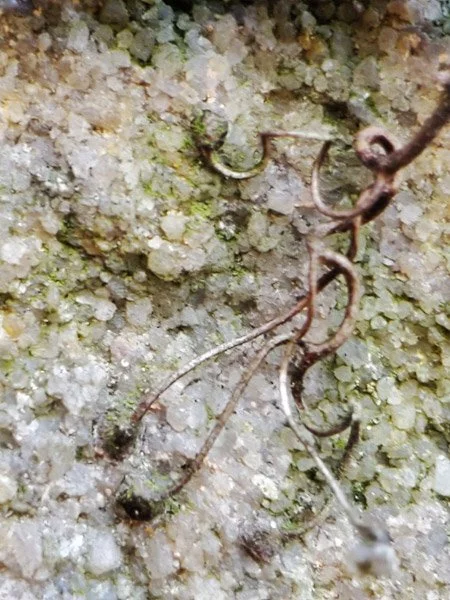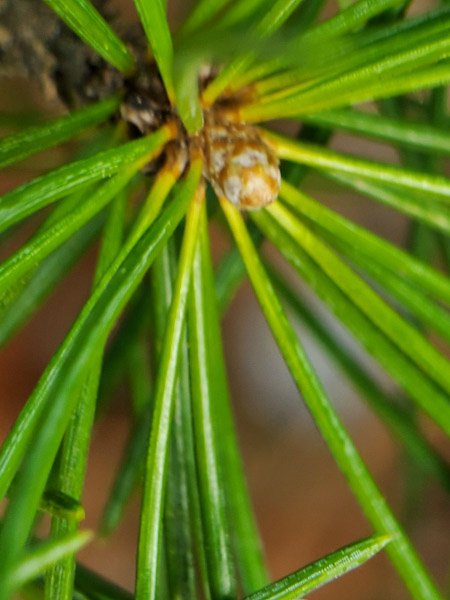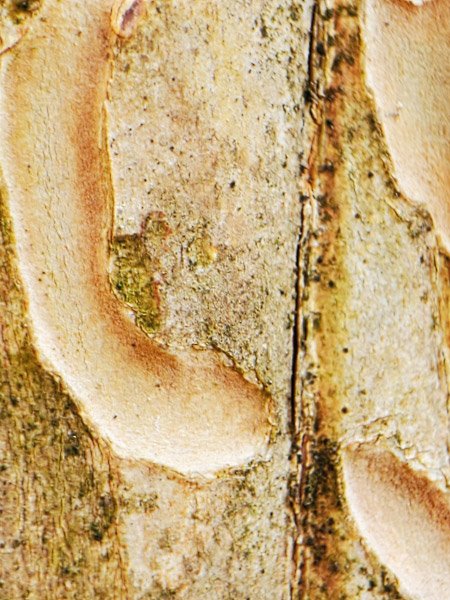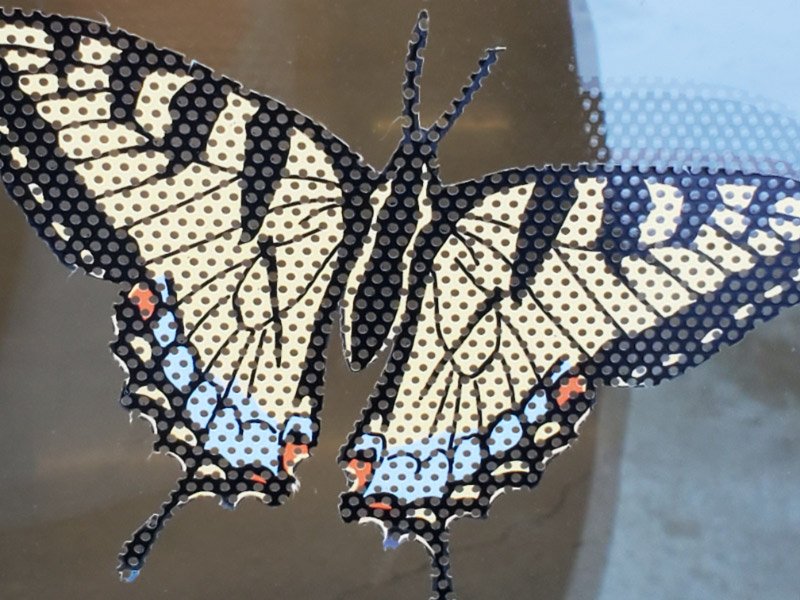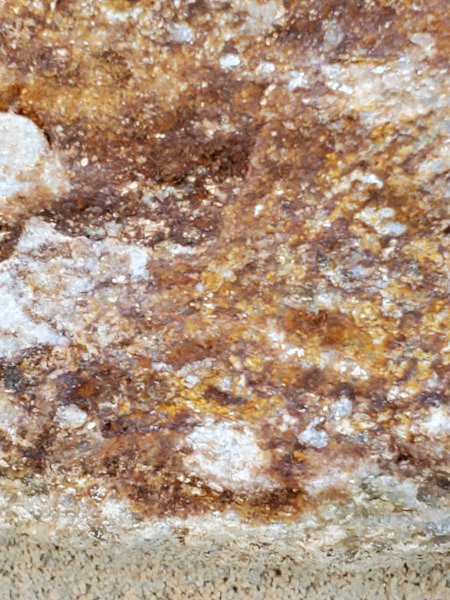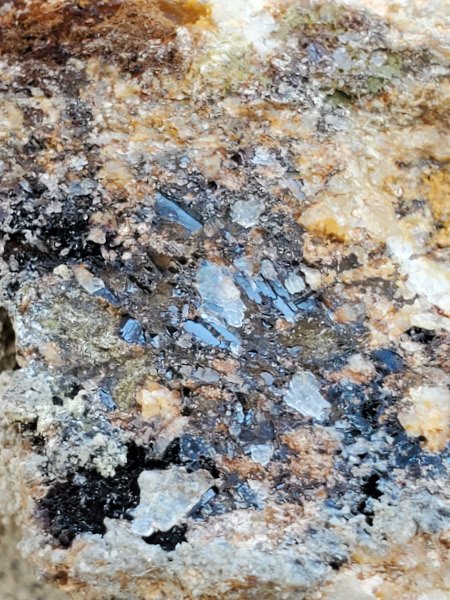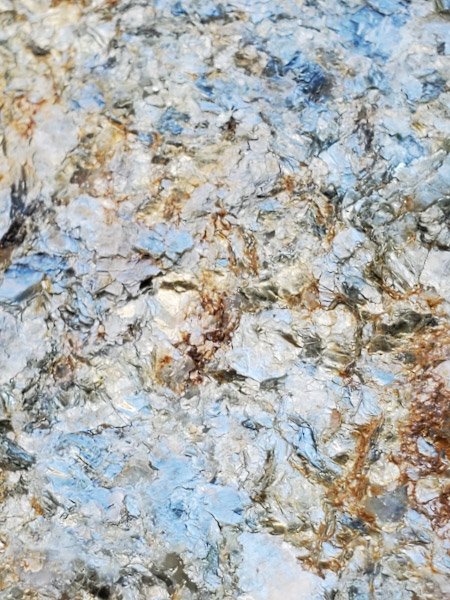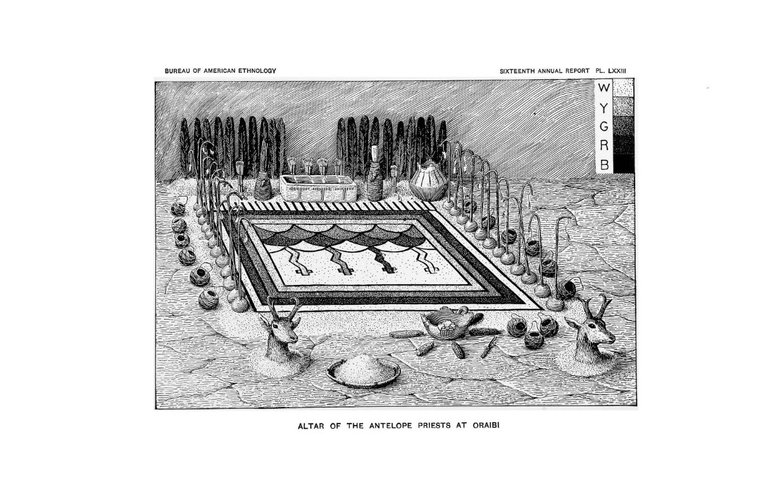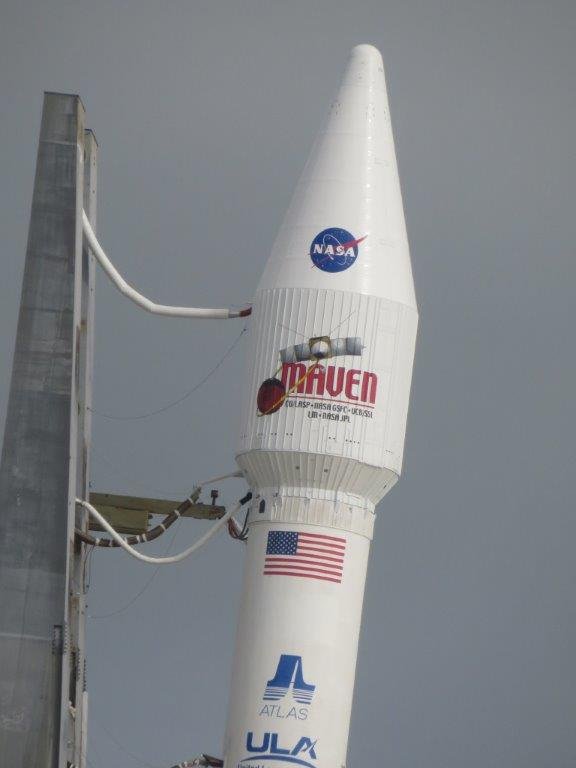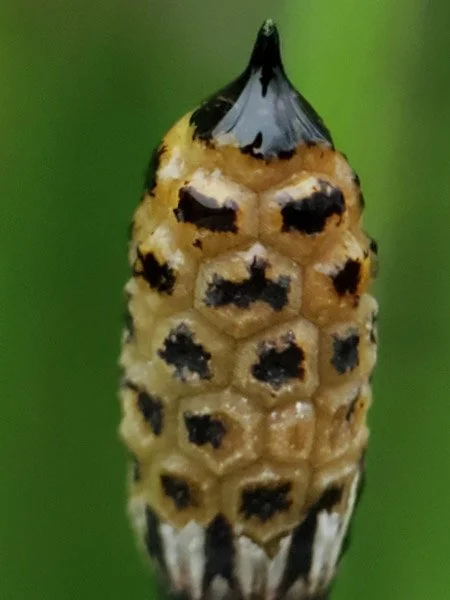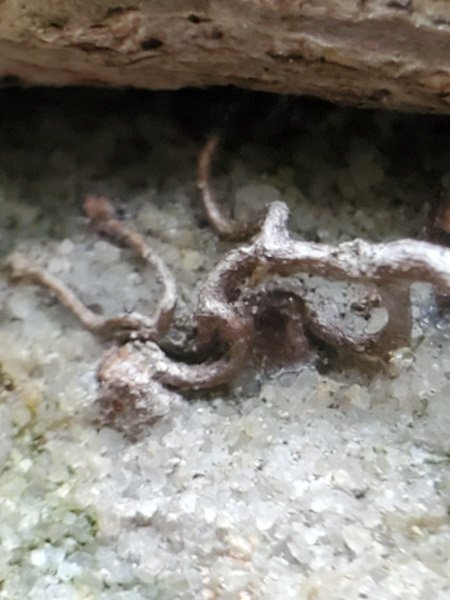The items below were ‘the cream’ of the articles and websites I found this past week. Click on the light green text to look at the article.
Why the Dutch embrace floating homes – Maybe other coastal areas around the world should be looking at this kind of development…or mitigation strategy. Otherwise - there is going to be a lot of migration away from coasts that will become more and more prone to flooding in the decades to come.
New Antarctic Penguin Colonies Discovered Further South than Normal – Good news for the Gentoo penguins - there is more space on Antarctica now; previously the areas were too icy for these birds. On the downside – there is less area suitable for penguin species that previously lived there and there might be less food available for them all as warming continues.
Three people with spinal-cord injuries regained control of their leg muscles – There has been a lot of research in this area over the past decade; perhaps we are coming to a point where rapid advances are going to be made.
Why to flickers knock on your house? – Not just why they knock but other interesting behavior…made me consider putting up a flicker box to give them a place to raise young.
Dog feces and urine could be harming nature reserves – A study providing rationale for requiring dogs on leashes and owners removing their dog’s feces in natural areas.
Top 25 birds of the week: February 2022 – My favorite this week is the Great White Pelican. Somehow pictures of birds from the front like this always give them a rather assertive appearance.
US household air conditioning use could exceed electric capacity in next decade due to climate change – Not good. Implementation of mitigation strategies need to ramp up quickly. As an individual homeowner, I am thinking: 1) increase efficiency (heat pump or geothermal, more insulation, solar screens on any window getting full sun sometime during the day, maybe upgrade windows/doors) and 2) solar panels on the roof with storage battery.
Threats from QAnon conspiracists force butterfly sanctuary to close – Sad. My husband and I visited the butterfly sanctuary on a rainy day during the Rio Grande Birding Festival in 2017; it wasn’t a good day for butterflies, but we always thought we’d come back on a warmer/sunnier day during some future visit to the area --- then the border wall and the conspiracists has ended it all.
More spice could help seniors avoid salt – Yes! Lemon pepper (the kind without salt in it) is one of my favorites…and any of the components that come under the heading of ‘Italian seasoning.’ I dry my own orange peel (any time I eat an organic orange…the peel gets processed and dried). It helps to use fresh ingredients too (i.e. avoid no-salt version from cans…they have never tasted good to me no matter how they are prepared).
Star Bright: What are Dark Sky Reserves? – Staunton River (where we’ve been for ‘star parties’) is a Certified IDA International Dark Sky Park….maybe we’ll visit one of the Reserves post-pandemic. Right now – the closest one to us is the one in Canada (just north of Vermont/Maine).







